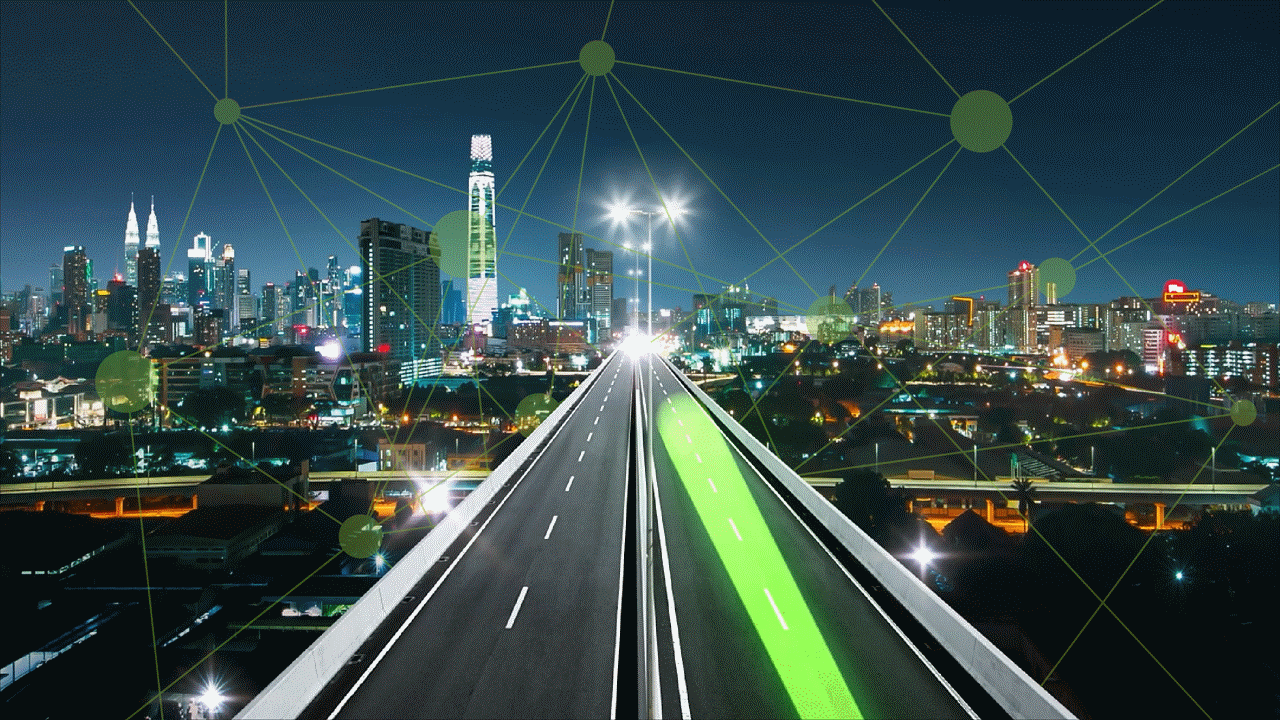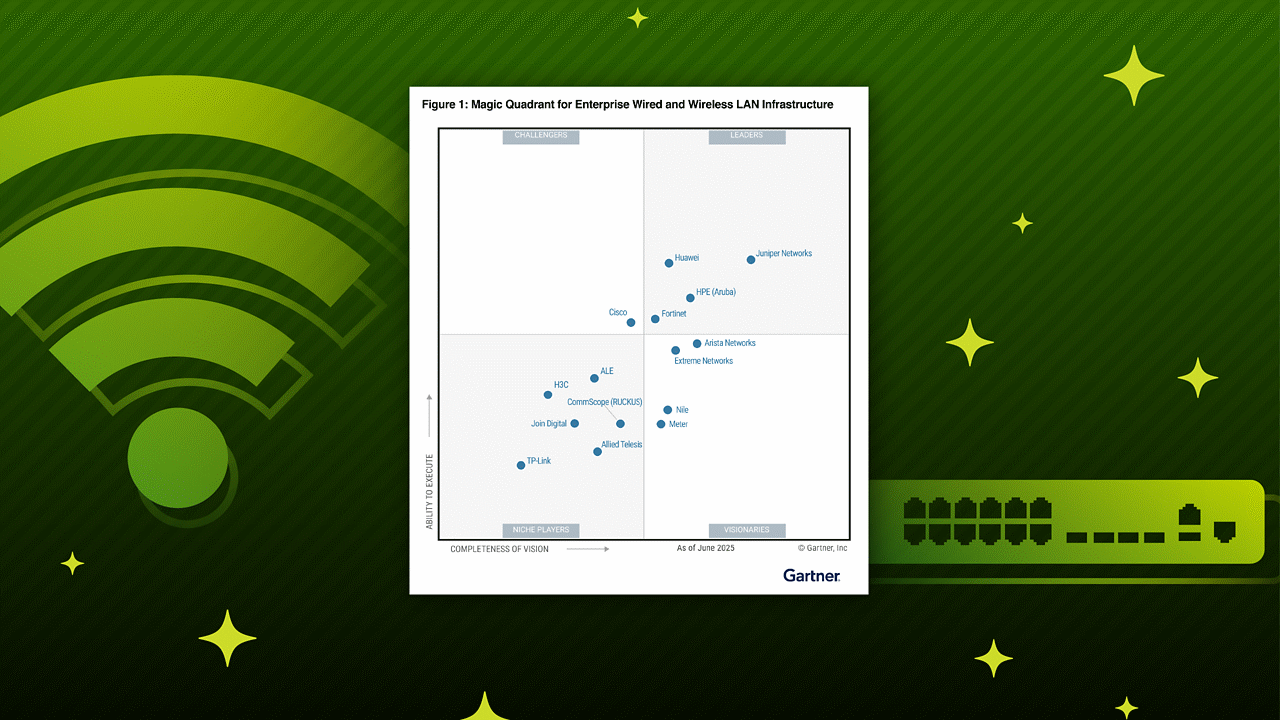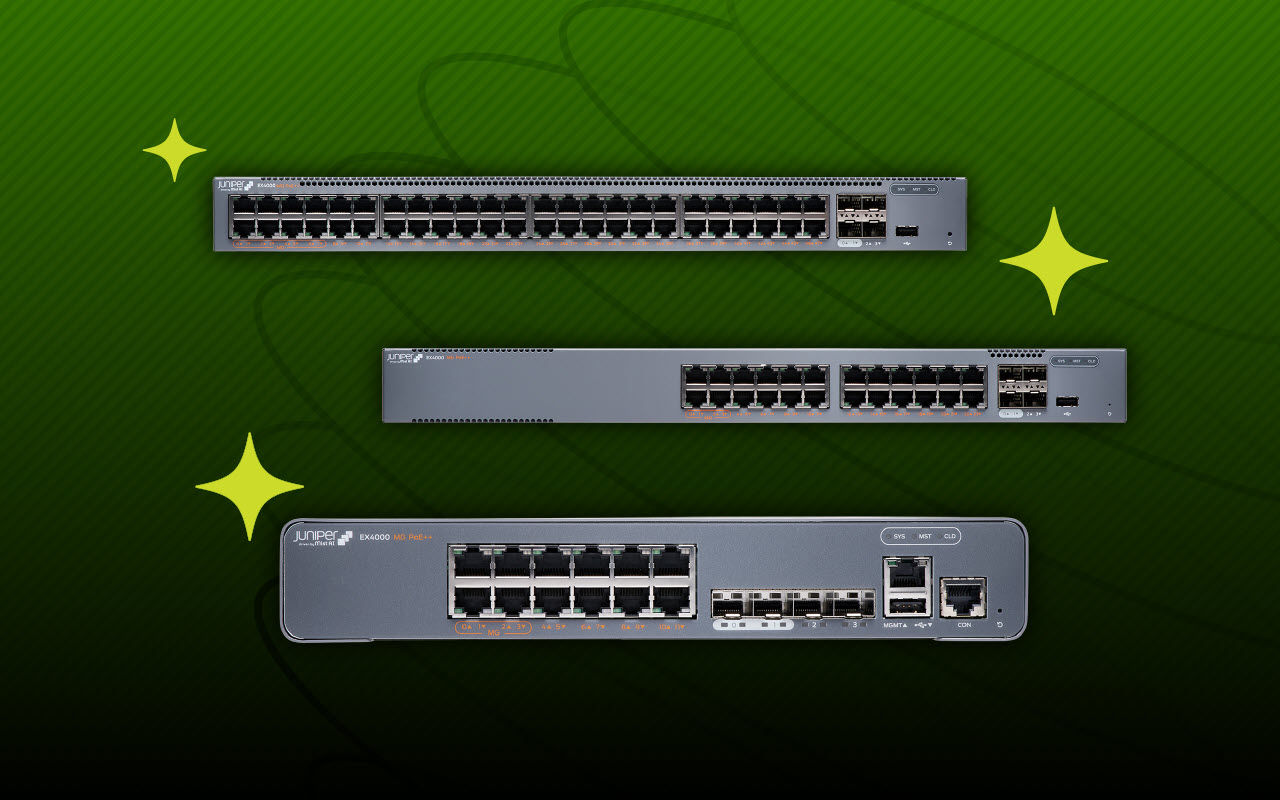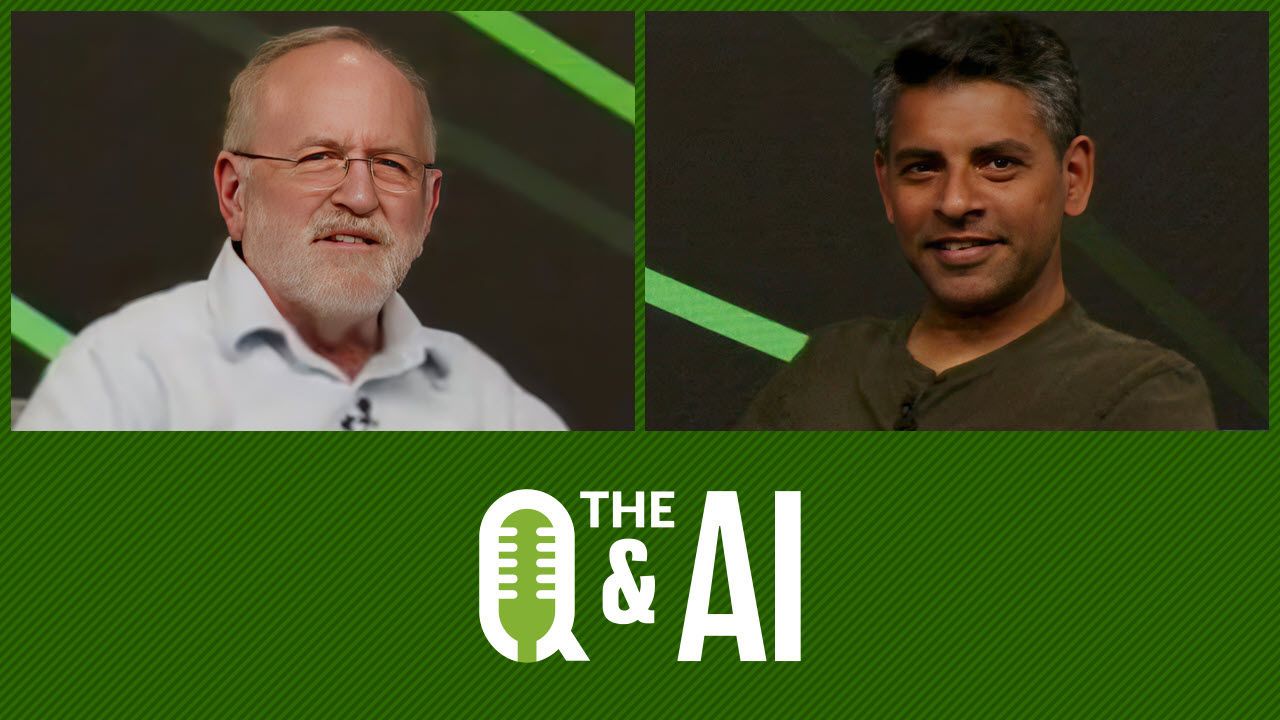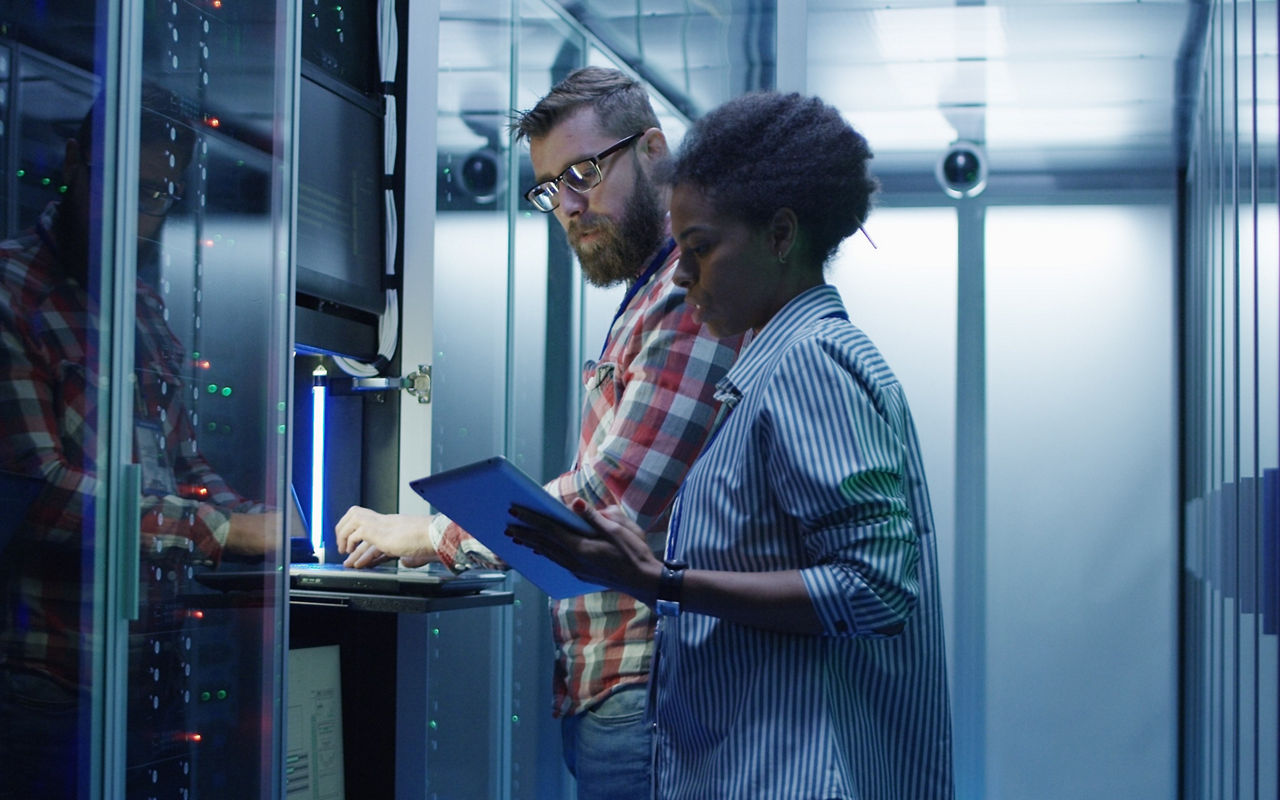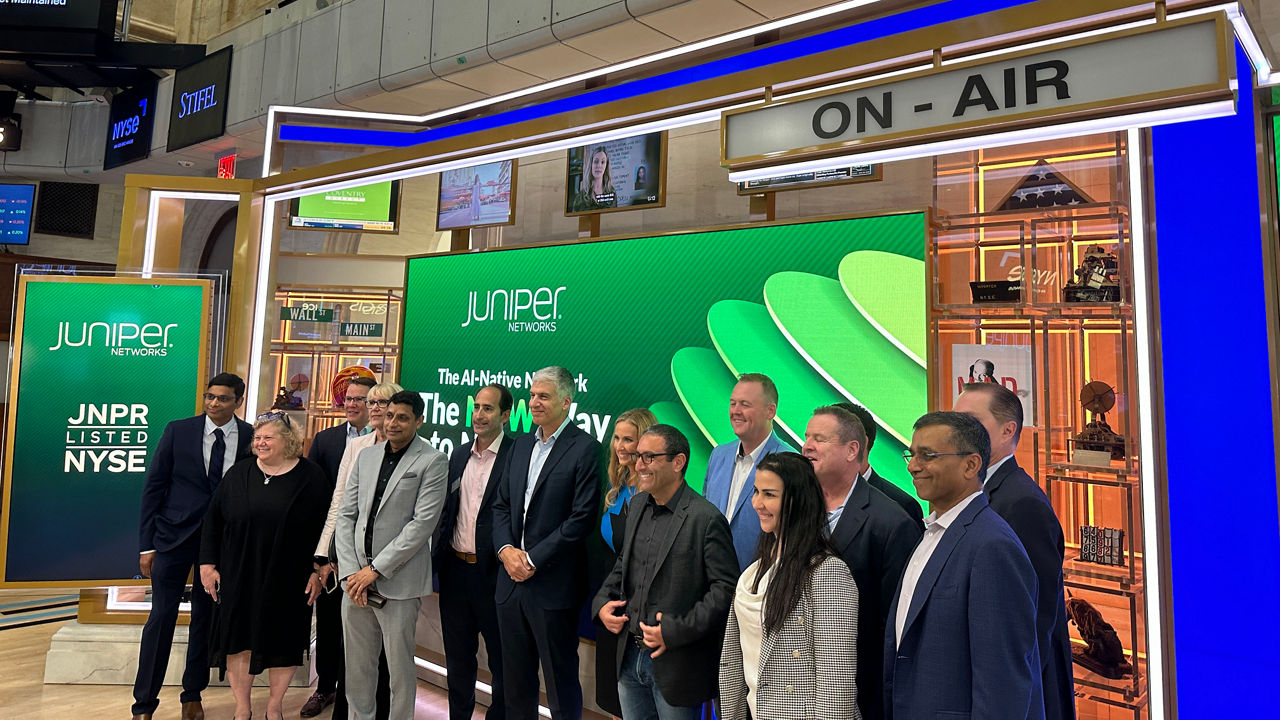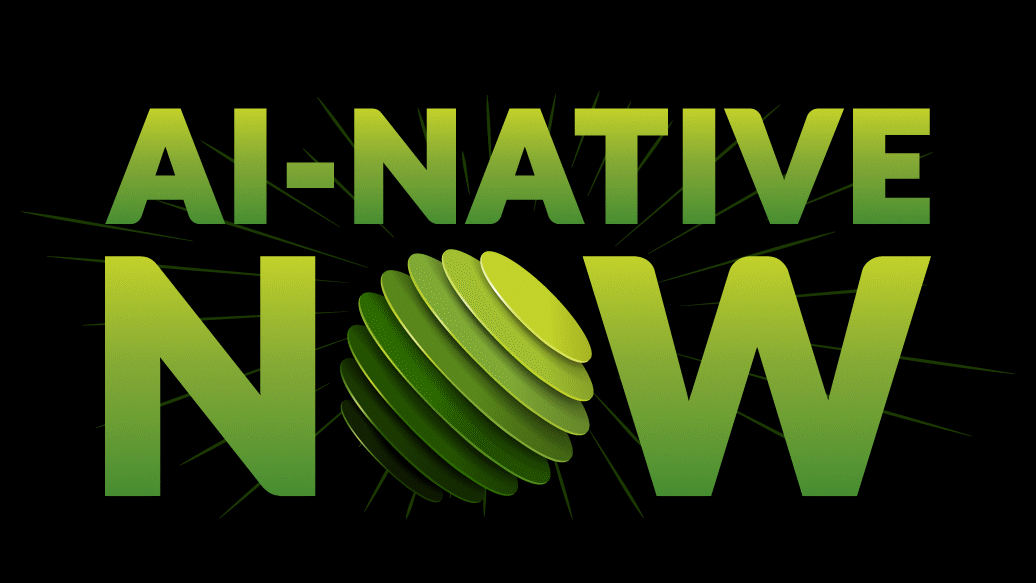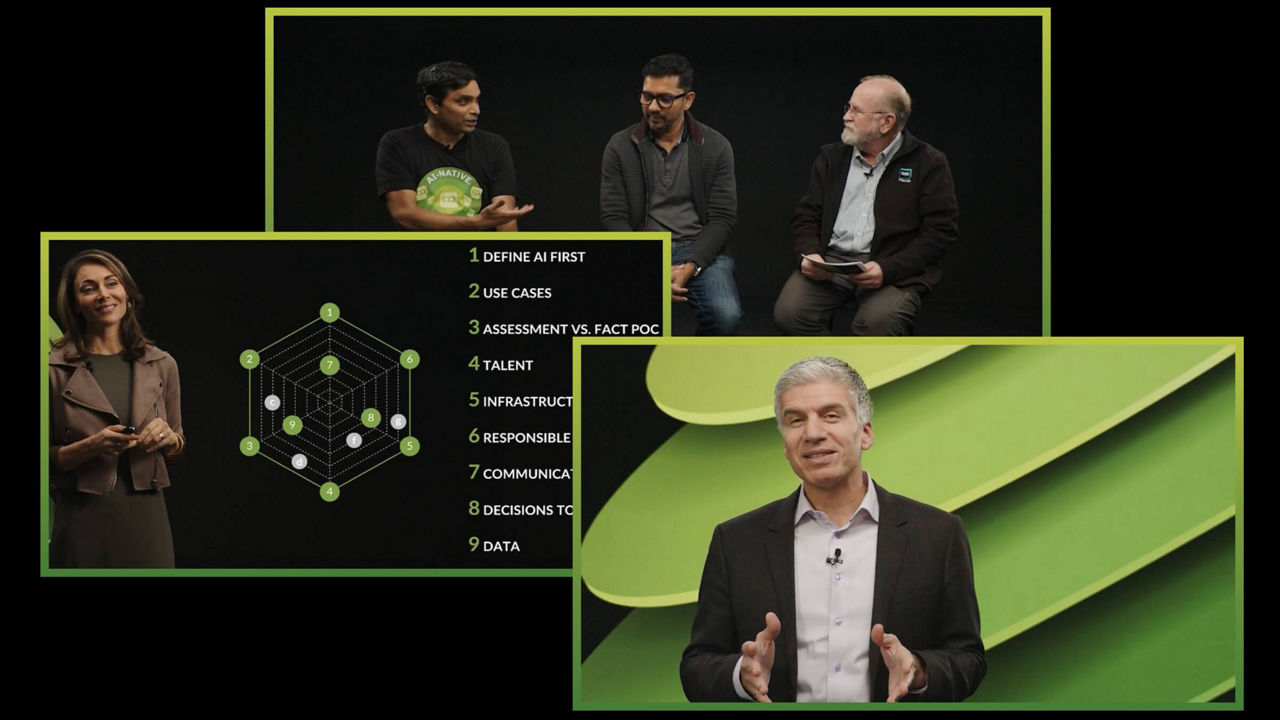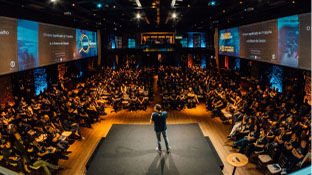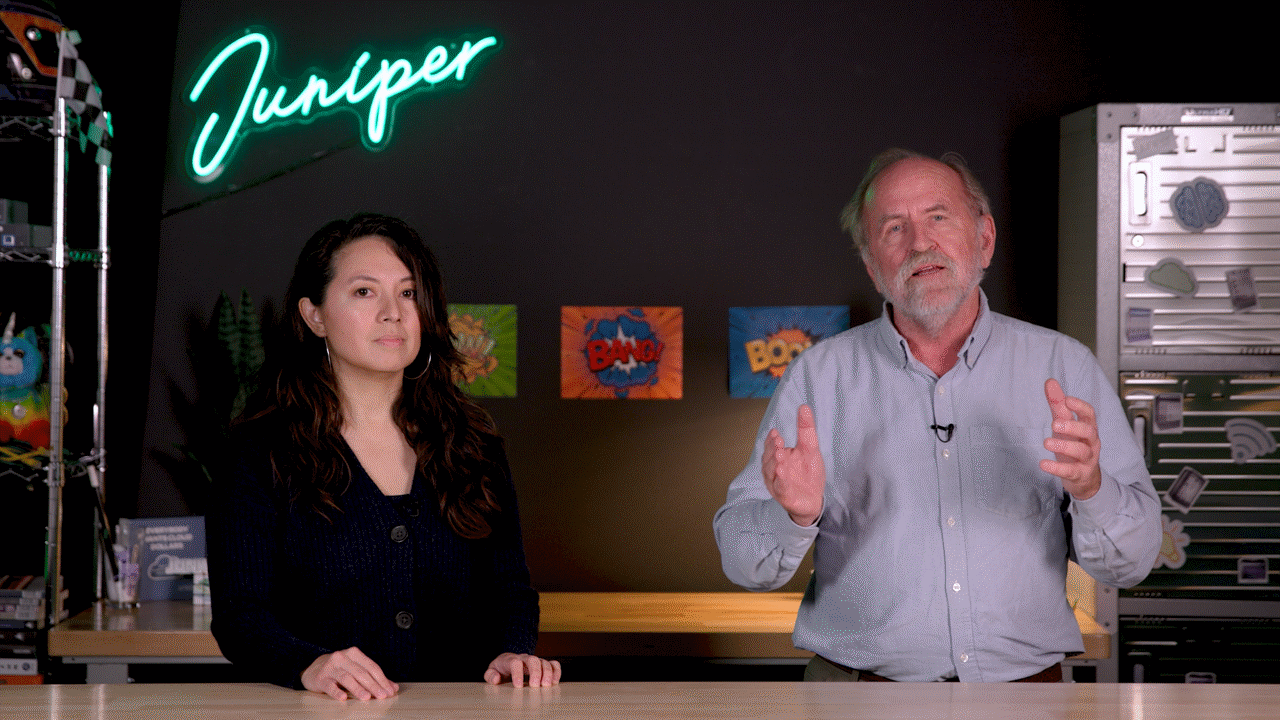Episode 25: Trust, Verify, Automate: AI’s Role in Modern Managed Services
Episode 25: Trust, Verify, Automate: AI’s Role in Modern Managed Services
In this episode of The Q&AI Podcast, Bob Friday sits down with Jon Lloyd, Field CTO at CBTS, to explore how Managed Service Providers (MSPs) are evolving in the age of AI. From the shift to dynamic, post-COVID enterprise networks to the rise of agentic AI, Jon shares how CBTS is helping customers navigate complexity, trust AI-driven insights, and build toward autonomous operations. Tune in as they discuss the role of AIOps, the future of agentic AI services, and why AI should be seen as an enabler—not a competitor—for MSPs and enterprises alike.
You’ll learn
AI as an enabler, not a replacement: Using AIOps and LLMs to enhance service delivery, reduce ticket volume, and improve SLAs
Building trust in AI: Why transparency, verification, and human oversight remain critical in enterprise AI adoption
The future of cloud AIOps: Predictions on consolidation, standardization, and the next phase of intelligent automation
Who is this for?
Host

Guest speakers

Transcript
Bob: Hello and welcome to another episode of Q&AI. Today we are joined by Jon Lloyd from CBTS and we are going to be diving into Managed Service Providers for Enterprise and the Adoption of AI. So, Jon, welcome to the show. You know, maybe a little background for the audience how'd you get into Managed Service Providers?
Jon: Yeah, so, Bob, thank you for having me. This is really an honor to get to sit and chat with you. I've been here at CBTS for 13 years. We are, as you mentioned, we're a managed service provider. We are an AI and digital systems integrator focusing. We're global, but we focus on North America. We focus on enterprise customers call it a thousand employees and up. We always say we're in that sweet spot of big enough to matter, small enough to care.
We're about 4,000 employees, 1.5 billion in revenue, but we also can tailor our solutions to our customers, which we think is really important as we move into this AI world and energetic AI. So we've been. My background is in network. I serve in a field CTO role helping our largest customers really adopt a transformative strategy into what we call the touchless data center. So, moving into the world of autonomous networking and really integration, of where network has met and converged with applications and converged with security, into this new world where everything needs to handshake.
Bob: Yeah, so now I can tell you, Jon, when we started Mist, one of the thesis was that enterprise customers were going to be going to their managed service providers and we actually optimized this cloud AIop solutions for managed service providers. But maybe a little bit about pre-COVID, post-COVID. Has COVID really changed managed service providers for the long term or are you back to pre-COVID?
Jon: Yeah, so we've seen a couple of things. One massive change that we saw from COVID was the idea that the network is more dynamic now than ever. So before COVID you optimized your network, you set it up. People came into the office every day. Applications either lived in your office or your data center, so maybe you started to move certain things to the cloud, but they were typically one availability zone or one geo zone for a part of the country. What we've seen now is when you come back into the office after COVID, Monday might look different than Wednesday.
Right, people come in certain days. If you're in a mega metropolitan area New York, Chicago all of a sudden those buildings are starting to get leased out again. That's been. The big shift is I need to constantly have an always changing, dynamic network that is constantly fine tuning and optimizing. My applications can now live anywhere, my employees can work from anywhere and that has become a real full-time job. So, in the past, enterprises would say we've got the expertise to set this thing up.
We've got a team that can handle trouble tickets if they come in. What has shifted since COVID is there is no set it and forget it. The network is always changing, always needing to be optimized, and that's where the MSP role has come in, allowing them to focus on their intellectual property or their full-time job, not fine-tuning a network constantly.
Bob: Well, that definitely sounds like an AI problem type of problem. Now, AI, friend or foe? I mean, if you look at AI trying to automate everything, do enterprises really need MSPs going forward? Is AI going to put you out of work?
Jon: So, we believe no. Our stance has been we are not using AI to replace people. We use AI and AIOps to make our people better, faster, stronger. We want to resolve a ticket with tier one instead of escalating to a tier two. We want to resolve it on the first call, not on something down the road. And so, we've implemented whether it be AIOps on board, native to the networking platforms, monitoring tools with AI for event correlation, layering in LLMs on top of our existing knowledge-based articles or ticketing systems.
To look at previous history, our goal is to be able to offer better SLAs to our end customers, which AIOps allows us to do. We want to be able to take on larger customers, bigger customers, without having to match them and grow our overall headcount every single time we bring on a new customer. So, for us, AI is an enablement to make us better at what we do. You know, Bob, I liken it to in the 60s if you had a car problem, you would take it to the mechanic and you'd go it's making this clank clank noise and they would drive it around and try to figure it out. Today, they go and plug it into a computer and the computer says this is what's wrong with it.
That doesn't make me a mechanic. My ability to know what's wrong and my ability to fix what's wrong are two different things, and we believe the role of the MSP is to be able to build a wrapper around best of breed technology, making sure everything integrates correctly, and be able to say okay, AI has told us what's wrong, we now are going to go and fix what's wrong, so we consider that kind of more of the mechanic role.
Bob: Yeah, now, interestingly, working with AI and Marvis, I kind of see this trust thing where you know one thing with AI, enterprise IT needs to learn how to trust this new technology and I would say similar to MSPs right, we have to provide the evidence to earn their trust. So, I kind of see this MSP thing, same thing. Customers want help from the MSP but they also want this transparency. So you know, as you were kind of an MSP and trust, you know any words of wisdom on trying to get enterprise customers to adopt AI.
Jon: Yeah, trust but verify. That's what we say. Right, it's this concept of I have a very good friend who's a CIO of a pretty big company and he says my team gets two grades a C or an F pretty big company. And he says my team gets two grades a C or an F, that's it. He said nobody's walking into our office and saying, hey, great Wi-Fi today, you guys, it's really humming, but the second it stops working. They're getting all the emails, they're getting all of the complaints, and so that's one of when I say trust, it really comes with time.
We've implemented these solutions, and my ticket volume has gone down, my noise has gone down. That's how we really start to understand the impact of it. So, yes, there is a trust layer, but beyond that, there are times that maybe it doesn't work, or it doesn't integrate, or your entire network's not on the same platform or running the same tools. And that's where that verify comes in, of having an expert, having that auto mechanic that can look at it and say, hey, I understand that this is telling me we're missing a VLAN. There's a reason we don't want a VLAN there. That's for a security reason. And so that's where I say we believe that our skill set.
Nobody's coming out of college anymore and saying I want to be a route switch engineer. Only I want to do PBX, voice management. Everyone's studying AI and cyber and all of these advanced technologies and that opens up the role for the MSP. More and more customers are saying I want my team to focus on what drives our revenue and drives our business, but doesn't mean that the network's not important. So that's our role is we use those tools to trust but verify.
Bob: Now I got to ask have you done the Waymo Uber self-driving experience yet?
Jon: I have. I've done quite a bit, both the Tesla full self-driving and the Waymo with LiDAR To me. I look at you know, I talked to a police officer in Phoenix about this the first time I rode in a Waymo and I said what do you guys think? And he said the problem we have with it is it doesn't understand, say, the ballgame is letting out and police are directing traffic. It's going hey, that's a human being in front of me, I don't drive, and so now they've got a traffic jam behind them and so they call you know.
And right now there's also they don't do highway. Right, if you're a trusted user, they're starting to do some experimental highway stuff, but it had a hard time with merging and that sort of stuff. So that's exactly where I look at Tesla full self-driving and I say, okay, that's what we are, it's great at what it does, but there are times where it needs intervention, there's times where you need to take over the wheel, and that, to me, is the difference of a Waymo implicit trust AI of we trusted it, it was not ready for this scenario versus Tesla, where they're smart enough to go. At times you're going to need to jump in.
Bob: So, when you look at Waymo, uber right, that is a fully automated self-driving experience. Now, when I work with my health care customers, they're looking for more augmentation. We're not replacing doctors anytime soon, right, they're looking for AI that can augment. When you look at our enterprise customers full self-driving augmentation. Any good stories where you see enterprises actually trusting their AI assistant to run their network.
Jon: Not completely. That's why I put it much more into the Tesla, where they're letting it run autonomously, but with the ability to take over right, and I also liken it to on the road. Waymo may be phenomenal at what it does, but what it can't control is the driver behind it that is texting and driving and not paying attention, and that rear ends it at a red light right you can't remove if everything was Waymo they can control it.
Not everything is, and that, to me, is the same thing in the network. You can control certain parts of your network that may have onboard AI or may have certain automation tools, whether infrastructure is code, whatever you're running, but it doesn't mean that it's going to encompass your entire environment so you can control what AI touches. You need somebody that's helping you with the other part, the driver behind you texting. That's another role the MSP solves.
Bob: Okay, now agentic AI Hottest buzzword. It's been out since November. I hear you guys have an agentic AI service which is like that's pretty quick because it's like you know, paint's still wet on this thing. You know, maybe start a little bit about when you say agentic AI, what does that mean to you? You know, for me it means nonlinear, non-deterministic programming paradigm.
Jon: Yeah, so I'll approach it from another way. What does it mean to our end customer, right? And to us we saw this evolution, really, from call it 2024 through 2030. And that's the timeline that we're operating on. We started with, the idea of bots or the idea of generative AI, the idea of you interacting with AI for prompts. Give me this information, summarize this information.
We now see bots moving to agents and for us, agentic AI is really about revenue generation inside of an organization full, autonomous replacement of a job role, probably a junior level job role, right, not to freak everybody out watching, but that is, for us, where it's going. What happened was we saw everybody get forced or bullied into AI. I need to have an AI strategy. I'm freaked out if I don't have AI.
And enterprise customers went and bought AI off the shelf. They built their AI garden that said this department uses this, this department uses that, here's the GPUs we're going to deploy. And what happened was they realized their data was exposed, their data was out there, and so we've seen enterprise customers start to bring that back in and say we need private AI. We need our own platforms, our own governance, and that's where our agentic AI as a service comes in, helping you get there as fast as we did, without sacrificing your privacy.
Bob: Okay, so customers are asking you to help them build agentic AI solutions inside their business. Now, another topic I'm interested in, Jon, is you know you've been a Mist customer for three, four years. You know, here we've been doing kind of this Zoom teams, conversions, Zoom teams, data combining with network data to predict user experience. It's kind of a convergence of application monitoring and networking. You know, from your perspective, do you see these two worlds converging? Or the CBTS, you know, do you guys help manage the endpoint and the application monitoring on the enterprise side?
Jon: We do so. I mean we're also a huge modern workplace customer or provider right. We've got voice platforms that we manage for customers. We've got an entire application development side of our business. So, the application performance is huge.
And if you really start to think about the idea of what a baseline is able to collect the number of source and destination IPs that pass through a switch, that pass through an access point every day, that you can start to understand the round trip of that, to understand when you're seeing latency, when you're seeing packet loss, and in real time, start to understand.
And so we always say the dreaded MSP world is getting that phone call that says it's not working. Well, what is it and what is working mean we want to be able to resolve this as fast as possible. And so when we look at things like a autonomous digital experience, understanding that we can be proactive and reach out to a customer and say we understand how important Workday is, or Salesforce or Zoom or Microsoft is to your business, and we are having an alert set up that we are seeing degradation, we're seeing poor performance and here's where we're seeing it at. And so it goes back to what I said earlier we don't view AI as a threat. We view it as something that makes us better, faster, stronger, to deliver a more unique experience for our customers.
Bob: So, you've been working with Mist since 2022, three years or so now. So, you've been at this forefront of this whole cloud AIOps transition in the industry here. When you look at Agentic AI and where we're headed. You know where's your vision. Where do you see us headed in the next three or four or five years with this cloud AIOps initiative?
Jon: Yeah, I think the first thing is going to be has to be consolidation. Right, we see so many players in this space that are getting to define things by their own terms and there's an arms race there's. Obviously, what Juniper Mist is doing is seven years ahead of everybody else, but now we've got the arms race of folks trying to catch up to that. We also look at all of the different platforms. Do I need the AI bolt-on module between my SMTP monitoring tool and my ITSM tool? All this event correlation.
We're going to start to see standardization, we're going to start to see consolidation and we're going to start to see industry standards that will start to govern it. But right now, it's kind of the wild wild west of we can go start. Well, I say, anybody can go start. You kind of did start your own AI, but for most people who aren't Bob, that's a really big challenge of right now, I can use AI tools to create AI tools, DevSecOps, governance around data building frameworks that are industry standard. That's where I think the next five-year horizon is going to be is really reining in and putting control and consolidation around this.
Bob: Okay, well, any final words for our audience Jon around managed service providers AI people looking for AI managed service provider solutions.
Jon: If you have a managed service provider that views AI as the enemy, they probably aren't looking to deliver the same business outcomes that you are, and so that would be my parting thought is whether it's hopefully at CBTS. We'd love to talk. If it's not us. Understand what is your managed service provider's strategy? With us utilizing things like Mist, we reduce our ticket count by 80%.
We reduce our average time handling by three hours. That allows me to offer a more competitive price point to my customer. It allows me to offer a more stringent SLA to my customer. These are things that are really, really beneficial. If your MSP sees AI as a competitor, they probably weren't utilizing the right approach to give you your business outcomes. It really should be an enabler, not a competitor.
Bob: Well, Jon, I want to thank you. Music to my heart, Topic I could talk about all night. I want to thank everyone for joining on this episode and look forward to seeing you on the next Q&AI episode.
Jon: Thank you, Bob.



